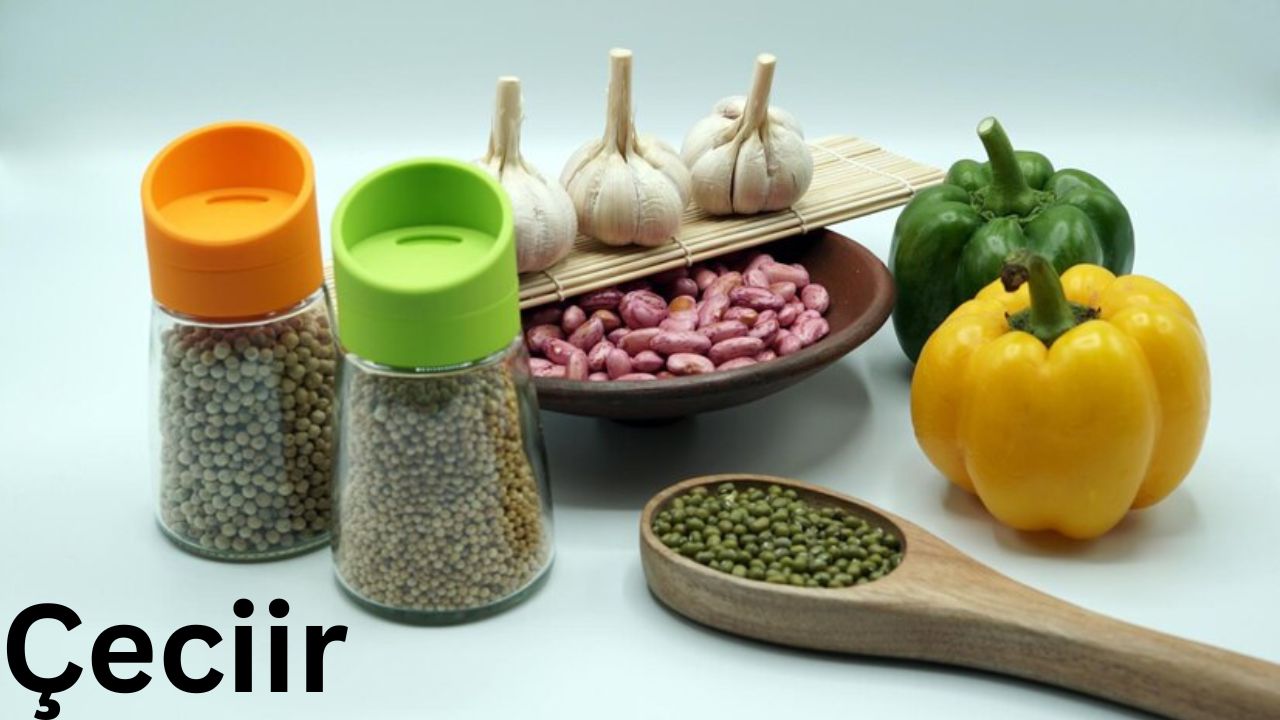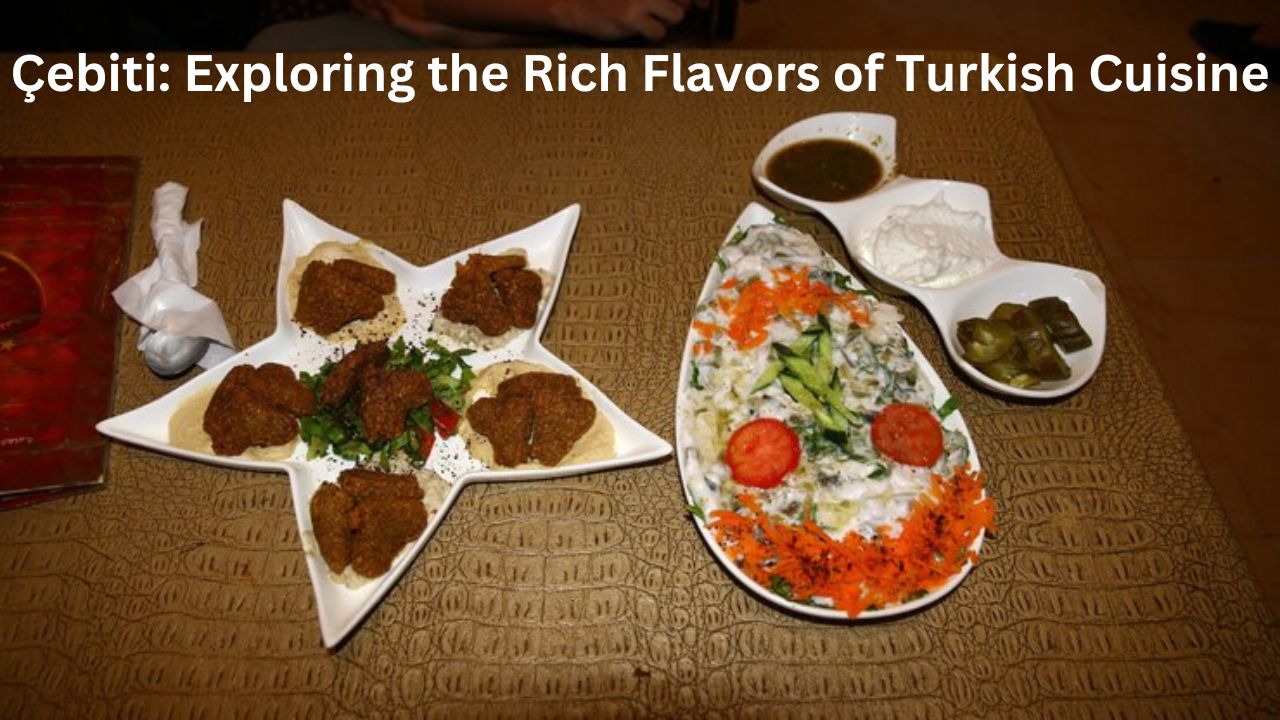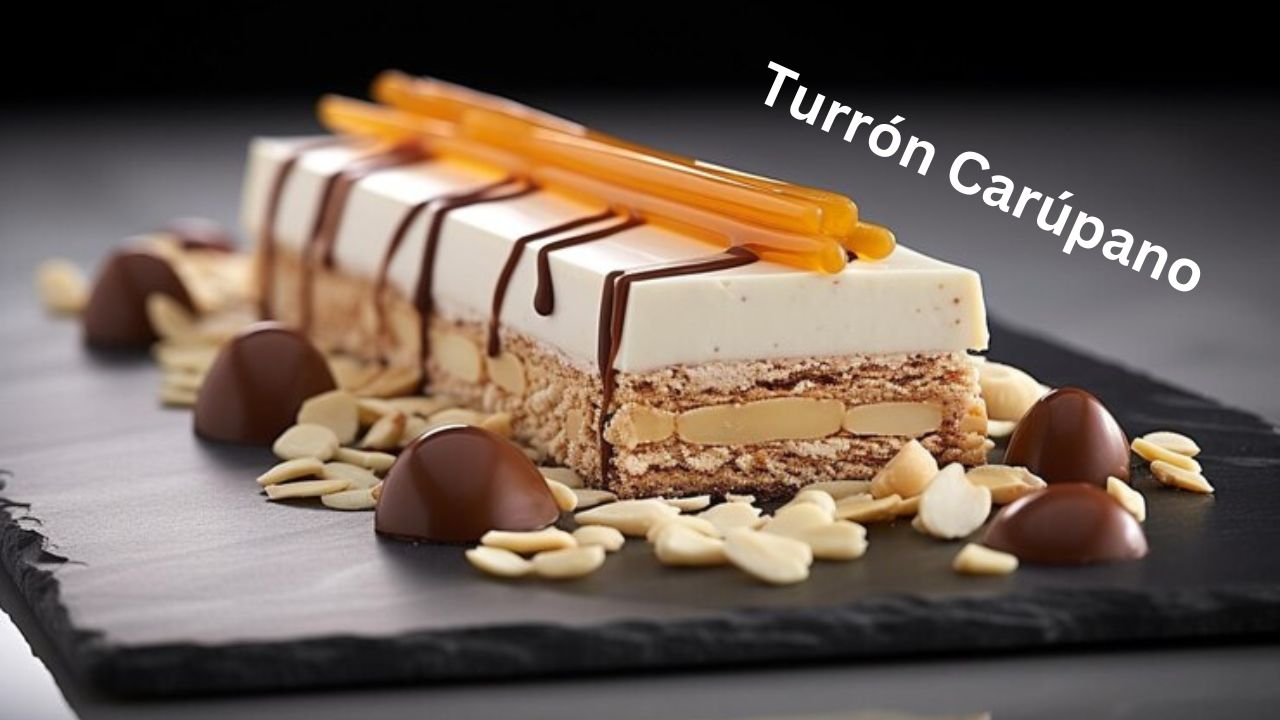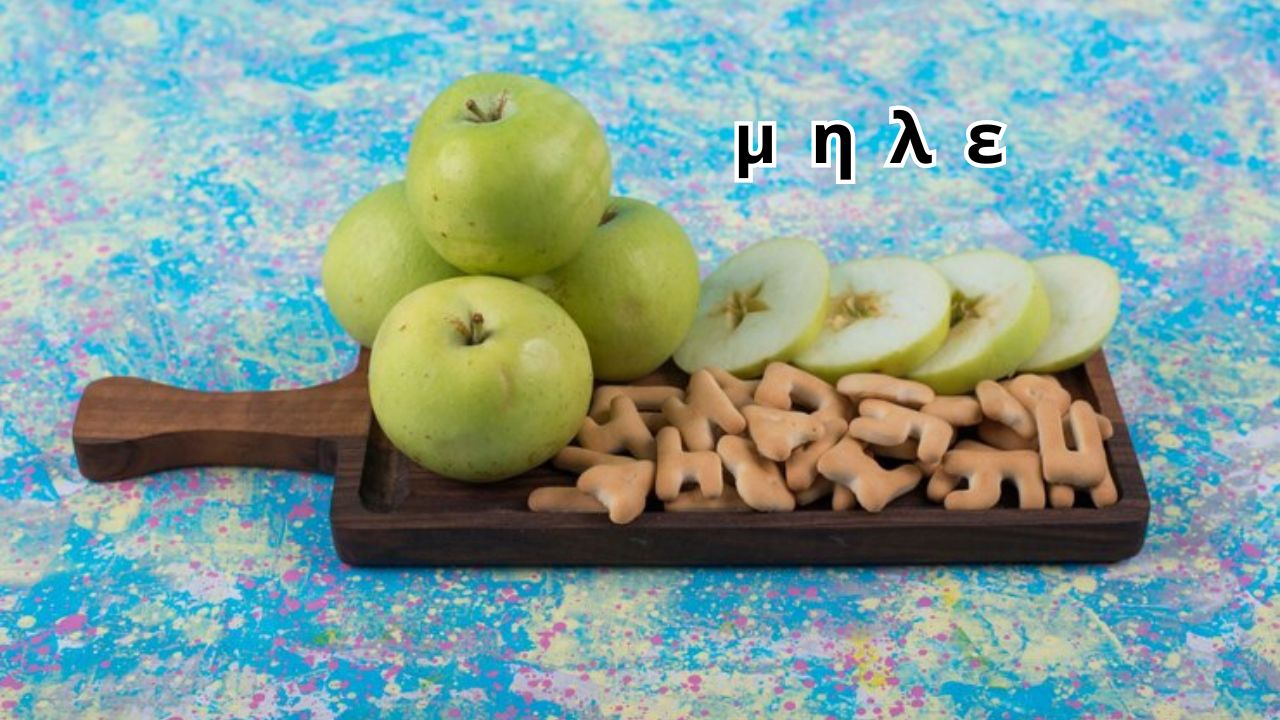Food
What is Çeciir? All You Need To Know

Çeciir, also known as chickpeas, is a versatile legume that has been consumed for centuries around the world. It is a staple in many cuisines and is prized for its nutritional value and health benefits.
What is Çeciir?
Çeciir is a small, round legume that belongs to the Fabaceae family. It is commonly used in cooking and is a rich source of protein, fiber, vitamins, and minerals.
History of Çeciir
Çeciir has been cultivated for thousands of years, with evidence of its consumption dating back to ancient civilizations such as the Greeks, Romans, and Egyptians. It has since spread to various parts of the world and is now grown in many countries.
Benefits of Çeciir
Nutritional Value
Çeciir is packed with nutrients, including protein, fiber, folate, iron, and magnesium. It is also low in fat, making it a healthy choice for those looking to maintain a balanced diet.
Health Benefits
Including çeciir in your diet can have numerous health benefits. It can help lower cholesterol levels, improve digestion, and regulate blood sugar levels. It is also beneficial for heart health and can help reduce the risk of chronic diseases such as diabetes and cancer.
How to Use Çeciir
Cooking Methods
Çeciir can be cooked in various ways, including boiling, roasting, or sprouting. It can be used in soups, stews, salads, and even desserts.
Recipes
There are countless recipes that feature çeciir as the main ingredient. From traditional dishes like hummus and falafel to modern creations like chickpea curry and chickpea salad, there are endless possibilities for incorporating çeciir into your meals.
Buying and Storing Çeciir
Tips for Buying
When buying çeciir, look for dried chickpeas that are whole and unblemished. Avoid buying canned chickpeas that are high in sodium and preservatives.
Storage Methods
Store dried chickpeas in an airtight container in a cool, dry place. Cooked chickpeas can be stored in the refrigerator for up to a week or frozen for longer-term storage.
Conclusion
In conclusion, çeciir is a nutritious and versatile legume that offers a wide range of health benefits. Whether you’re looking to improve your diet or experiment with new recipes, çeciir is a great ingredient to incorporate into your meals.
FAQs
Benefits for Skin
Q: Can çeciir improve skin health? A: Yes, çeciir is rich in antioxidants and vitamins that can help improve skin health and promote a glowing complexion.
How Often to Eat Çeciir?
Q: How often should I eat çeciir to reap its health benefits? A: It is recommended to include çeciir in your diet at least 2-3 times a week to enjoy its nutritional benefits.
Can Çeciir Cause Allergies?
Q: Can çeciir cause allergies? A: While rare, some individuals may be allergic to chickpeas. It is advisable to consult with a healthcare professional if you experience any adverse reactions after consuming çeciir.
Food
Çebiti: Exploring the Rich Flavors of Turkish Cuisine

Turkish cuisine is renowned for its rich and diverse flavors, influenced by a history that spans centuries and a geography that bridges Europe and Asia. One of the many treasures of Turkish food is Çebiti, a dish that embodies the essence of Turkish cooking.
What is Çebiti?
Çebiti is a traditional Turkish food made from a combination of minced meat, spices, and herbs, wrapped in thin layers of dough and cooked to perfection. It is similar to other Turkish dishes like mantı (Turkish dumplings) or börek (Turkish pastry), but with its own unique twist.
History and Origin of Çebiti
The origins of Çebiti can be traced back to the Ottoman Empire, where it was served in the palaces of the sultans as a delicacy. Over time, Çebiti became a popular street food, enjoyed by people from all walks of life.
Ingredients Used in Çebiti
The key ingredients in Çebiti include minced meat (usually lamb or beef), onions, garlic, parsley, and a blend of spices such as cumin, paprika, and black pepper. The dough used to wrap the filling is made from flour, water, and a pinch of salt.
How is Çebiti Prepared?
To prepare Çebiti, the minced meat is seasoned with the spices and herbs, then wrapped in thin layers of dough. The wrapped Çebiti is then either fried or baked until golden brown and crispy. It is typically served hot, garnished with yogurt, tomato sauce, and a sprinkle of sumac or parsley.
Variations of Çebiti
Like many traditional dishes, Çebiti has evolved over time, with different regions of Turkey adding their own unique twist to the recipe. Some variations include using different types of meat, adding vegetables like potatoes or peppers to the filling, or using different spices and herbs.
Cultural Significance of Çebiti
Çebiti is more than just a dish—it is a symbol of Turkish hospitality and culture. It is often served at special occasions such as weddings, festivals, and family gatherings, where it is shared with loved ones and enjoyed as a symbol of togetherness.
Health Benefits of Çebiti
While Çebiti is a delicious and indulgent dish, it also offers some health benefits. The combination of protein from the meat and nutrients from the herbs and spices make Çebiti a nutritious and satisfying meal.
Conclusion
Çebiti is a testament to the rich culinary heritage of Turkey, a dish that has stood the test of time and continues to delight food enthusiasts around the world. Whether enjoyed as a street food in Istanbul or as a homemade treat in a Turkish household, Çebiti is sure to leave a lasting impression with its flavorful taste and cultural significance.
Fitness
Turrón Carúpano: A Taste of Venezuelan Tradition

Turrón Carúpano, a traditional Venezuelan delicacy, is a sweet confection with a rich history and cultural significance. Originating from the town of Carúpano, this treat has captivated taste buds around the world with its unique flavors and textures.
History
The history of Turrón Carúpano dates back centuries, with its roots in the Spanish colonization of Venezuela. Originally brought over by Spanish settlers, this sweet treat quickly became a favorite among locals, who added their own twist to the traditional recipe, incorporating local ingredients and flavors.
Ingredients
Turrón Carúpano is made using a blend of simple yet flavorful ingredients. The main components include sugar, almonds, and honey, which are combined to create a sweet and nutty confection. Variations of Turrón Carúpano may include additional ingredients such as chocolate, coconut, or dried fruits, adding depth to the flavor profile.
Preparation
The preparation of Turrón Carúpano is a meticulous process that requires skill and precision. The traditional method involves cooking sugar and honey until they reach a caramelized state, then adding toasted almonds to the mixture. The mixture is then poured into molds and left to cool and set before being sliced into bars or squares.
Regional Varieties
While Turrón Carúpano originated in Venezuela, variations of this sweet treat can be found across Latin America and Spain. Each region puts its own spin on the classic recipe, incorporating local ingredients and flavors to create unique versions of this beloved confection.
Nutritional Value
Despite its sweet and indulgent flavor, Turrón Carúpano offers some nutritional benefits. Almonds, a key ingredient in Turrón Carúpano, are rich in healthy fats, protein, and fiber, making this treat a satisfying and wholesome snack option.
Serving Suggestions
Turrón Carúpano is best enjoyed on its own or paired with a cup of coffee or tea. Its crunchy texture and sweet flavor make it a delightful treat for any time of day.
Popularity
In recent years, Turrón Carúpano has gained popularity beyond its traditional borders, with people around the world seeking out this unique confection. Its blend of sweet and nutty flavors, along with its rich history, has made it a sought-after treat for those looking to experience the flavors of Venezuela.
FAQs
- What is the history behind Turrón Carúpano?
- What makes Turrón Carúpano unique?
- How is Turrón Carúpano different from other types of turrón?
- Can Turrón Carúpano be made at home?
- Is Turrón Carúpano gluten-free?
- What are some common misconceptions about Turrón Carúpano?
For those interested in exploring the world of Venezuelan cuisine, Turrón Carúpano offers a delightful journey into the flavors and traditions of this vibrant culture. So, why not indulge in a taste of Venezuela’s sweet history with a delicious piece of Turrón Carúpano?
Conclusion
In conclusion, Turrón Carúpano is more than just a sweet treat; it’s a symbol of tradition, culture, and community. Its rich history and delightful flavors continue to captivate people around the world, making it a truly special confection. Whether enjoyed on its own or paired with a hot beverage, Turrón Carúpano is sure to satisfy your sweet tooth and leave you craving more.
Food
μηλε: A Comprehensive Guide to This Delicious Fruit

μηλε, commonly known as “apples,” are one of the most popular and widely consumed fruits in the world. They are not only delicious but also packed with nutrients that offer a wide range of health benefits. Explore the history, types, cultivation, culinary uses, and health benefits of μηλε, as well as provide tips on how to select and store them for maximum freshness.
What are μηλε?
μηλε are the fruit of the apple tree (Malus domestica). They are round in shape and typically have a red, green, or yellow skin, depending on the variety. The flesh is white and juicy, with a crisp texture.
History of μηλε
μηλε have been cultivated for thousands of years and are believed to have originated in the region of modern-day Kazakhstan. They were highly prized by the ancient Greeks and Romans, who believed that they had medicinal properties.
Types of μηλε
There are thousands of different varieties of μηλε, ranging in color, size, and flavor. Some popular varieties include Fuji, Gala, Granny Smith, and Red Delicious.
Cultivation and harvesting of μηλε
μηλε are typically grown in temperate climates. They require well-drained soil and plenty of sunlight to thrive. They are usually harvested in the fall when they are ripe.
Nutritional benefits of μηλε
μηλε are low in calories but high in fiber, vitamin C, and various antioxidants. They have been linked to a reduced risk of heart disease, diabetes, and cancer.
Culinary uses of μηλε
μηλε can be eaten raw or cooked. They are commonly used in desserts such as pies, crisps, and tarts. They can also be juiced or dried to make apple cider or apple chips.
Health benefits of consuming μηλε
Regular consumption of μηλε has been linked to improved digestion, weight loss, and a reduced risk of chronic diseases such as heart disease and cancer.
How to select and store μηλε
When selecting μηλε, choose ones that are firm and free of bruises or blemishes. Store them in the refrigerator to maintain freshness.
Common myths and misconceptions about μηλε
Some people believe that μηλε are bad for your teeth because of their high sugar content. However, the fiber in μηλε can actually help clean your teeth and gums.
Conclusion
In conclusion, μηλε are a delicious and nutritious fruit that offer a wide range of health benefits. They are versatile and can be enjoyed in many different ways. So next time you’re at the grocery store, be sure to pick up some μηλε and enjoy all the goodness they have to offer!
FAQs about μηλε
- Are μηλε good for weight loss?
- Yes, μηλε are low in calories and high in fiber, making them a great choice for weight loss.
- Can μηλε help lower cholesterol?
- Yes, the fiber in μηλε can help lower cholesterol levels.
- Are μηλε high in sugar?
- While μηλε do contain natural sugars, they are not considered high in sugar compared to many other fruits.
- Can you eat μηλε if you have diabetes?
- Yes, μηλε can be a part of a healthy diet for people with diabetes, but it’s important to monitor portion sizes and overall carbohydrate intake.
- Are μηλε good for your skin?
- Yes, the antioxidants in μηλε can help protect your skin from damage caused by free radicals.
-

 Fashion2 months ago
Fashion2 months agoAll about Denim (λιβαισ) Fashion.
-

 News3 months ago
News3 months agoAbraham Quiros Villalba: A Profile of Brilliant Leader
-

 Health3 months ago
Health3 months agoMilialar (Milia): Everything You Need to Know
-

 Detective2 months ago
Detective2 months agodetective conan الحلقه 509
-

 Technology3 months ago
Technology3 months ago2023-1954: More Than a Technology
-

 Health3 months ago
Health3 months agoToastul : 7 Recipes to Savor Morning, Noon, and Night
-

 Technology2 months ago
Technology2 months agoWadware : 7 Signs Your Device Might Be Infected
-

 Technology3 months ago
Technology3 months agoA Journey to Discover Lan Astron
